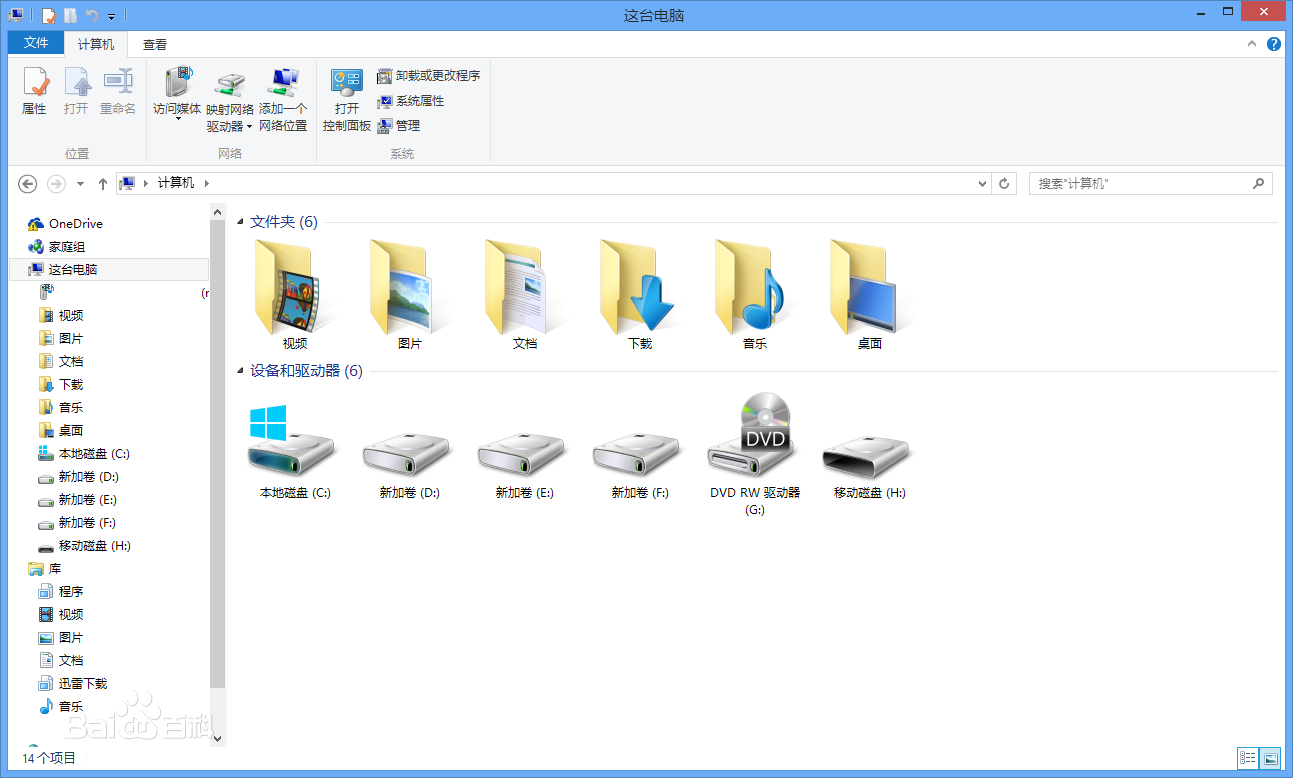Joint radar and communication (JRC) has recently attracted substantial attention. The first reason is that JRC allows individual radar and communication systems to share spectrum bands and thus improves the spectrum utilization. The second reason is that JRC enables a single hardware platform, e.g., an autonomous vehicle or a UAV, to simultaneously perform the communication function and the radar function. As a result, JRC is able to improve the efficiency of resources, i.e., spectrum and energy, reduce the system size, and minimize the system cost. However, there are several challenges to be solved for the JRC design. In particular, sharing the spectrum imposes the interference caused by the systems, and sharing the hardware platform and energy resource complicates the design of the JRC transmitter and compromises the performance of each function. To address the challenges, several resource management approaches have been recently proposed, and this paper presents a comprehensive literature review on resource management for JRC. First, we give fundamental concepts of JRC, important performance metrics used in JRC systems, and applications of the JRC systems. Then, we review and analyze resource management approaches, i.e., spectrum sharing, power allocation, and interference management, for JRC. In addition, we present security issues to JRC and provide a discussion of countermeasures to the security issues. Finally, we highlight important challenges in the JRC design and discuss future research directions related to JRC.
翻译:最近,联合雷达和通信(联合雷达和通信)引起了大量注意,第一个原因是,联合研究中心允许单个雷达和通信系统共享频谱波段,从而改进频谱利用;第二个原因是,联合研究中心允许单一硬件平台,如自主飞行器或无人驾驶飞行器,同时履行通信功能和雷达功能;因此,联合研究中心能够提高资源效率,即频谱和能源效率,缩小系统规模,并尽量减少系统费用;然而,联合研究中心的设计需要解决若干挑战;特别是,共享频谱使系统造成干扰,并共享硬件平台和能源资源使联合研究中心发射机的设计复杂化,损害每项功能的性能;为了应对挑战,最近提出了几项资源管理办法,本文件介绍了联合研究中心资源管理的全面文献审查。首先,我们给出了联合研究中心的基本概念、联合研究中心系统使用的重要业绩指标以及联合研究中心系统的应用。然后,我们审查并分析了资源管理方法,即共享频谱、权力分配和共享硬件平台及能源资源资源资源使联合研究中心发射机的设计复杂化,并损害每项功能的性能;为了应对挑战,最近提出的几项资源管理方法,我们讨论与联合研究中心相关的安全、干预和管理问题。




